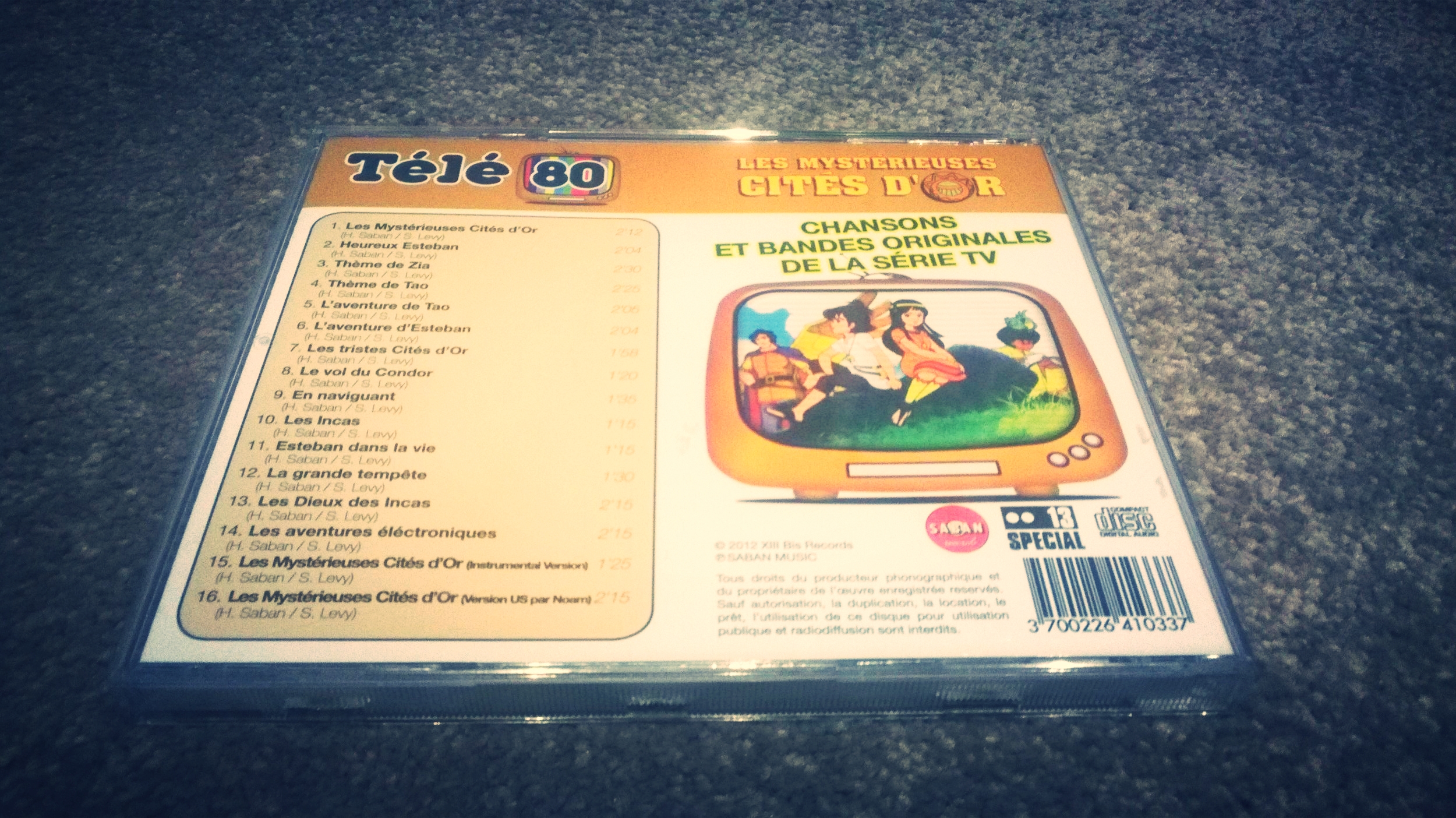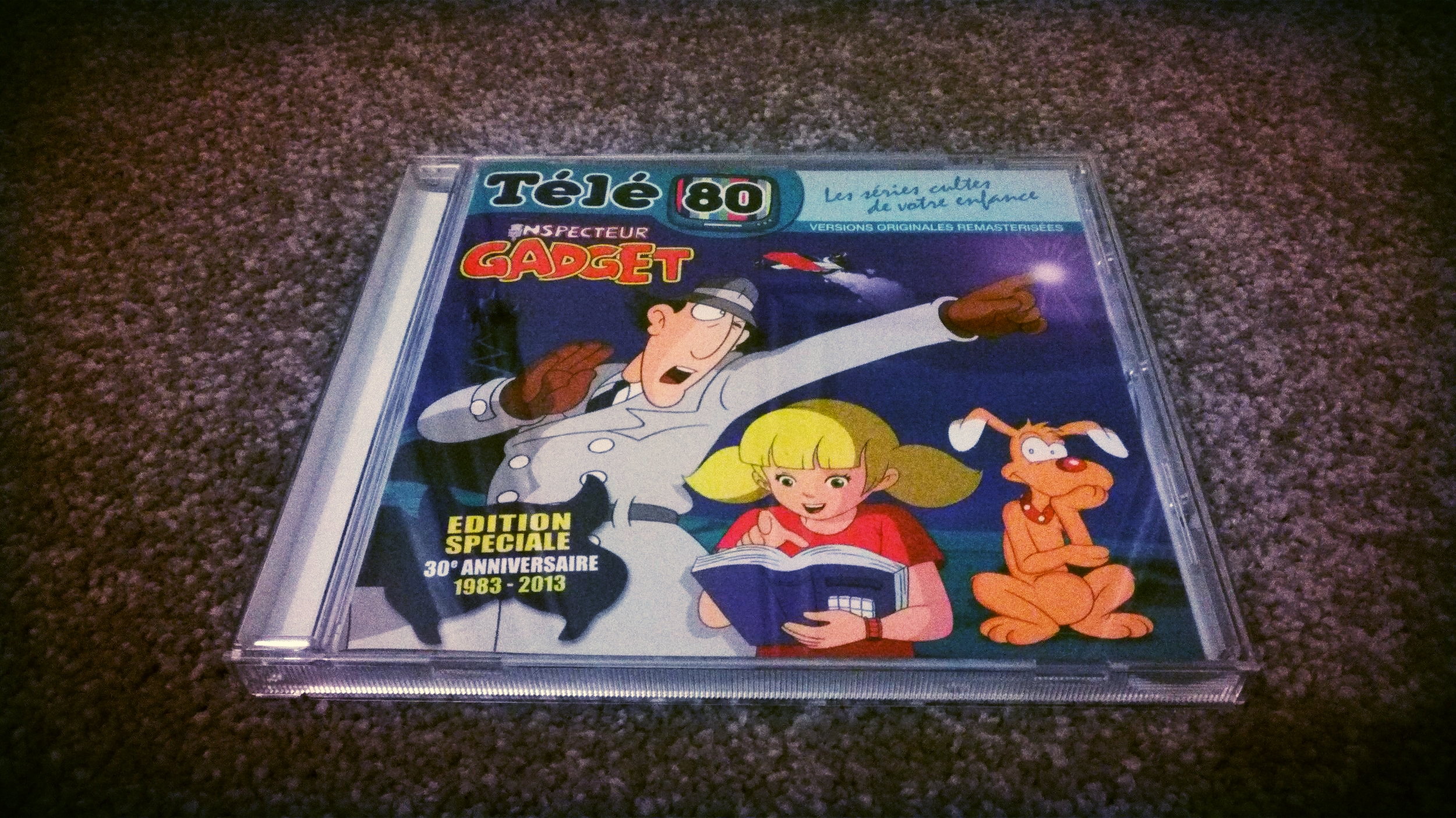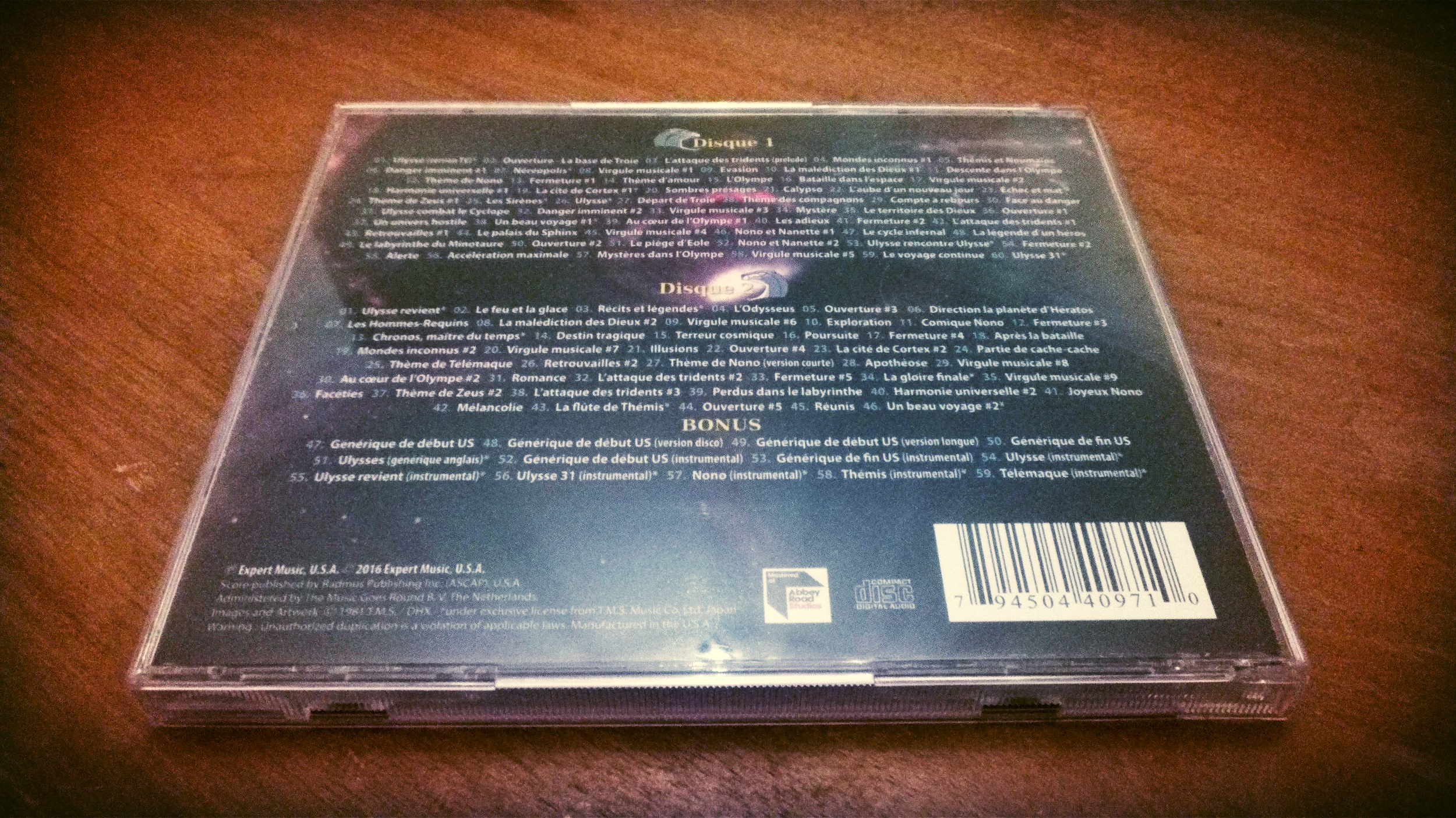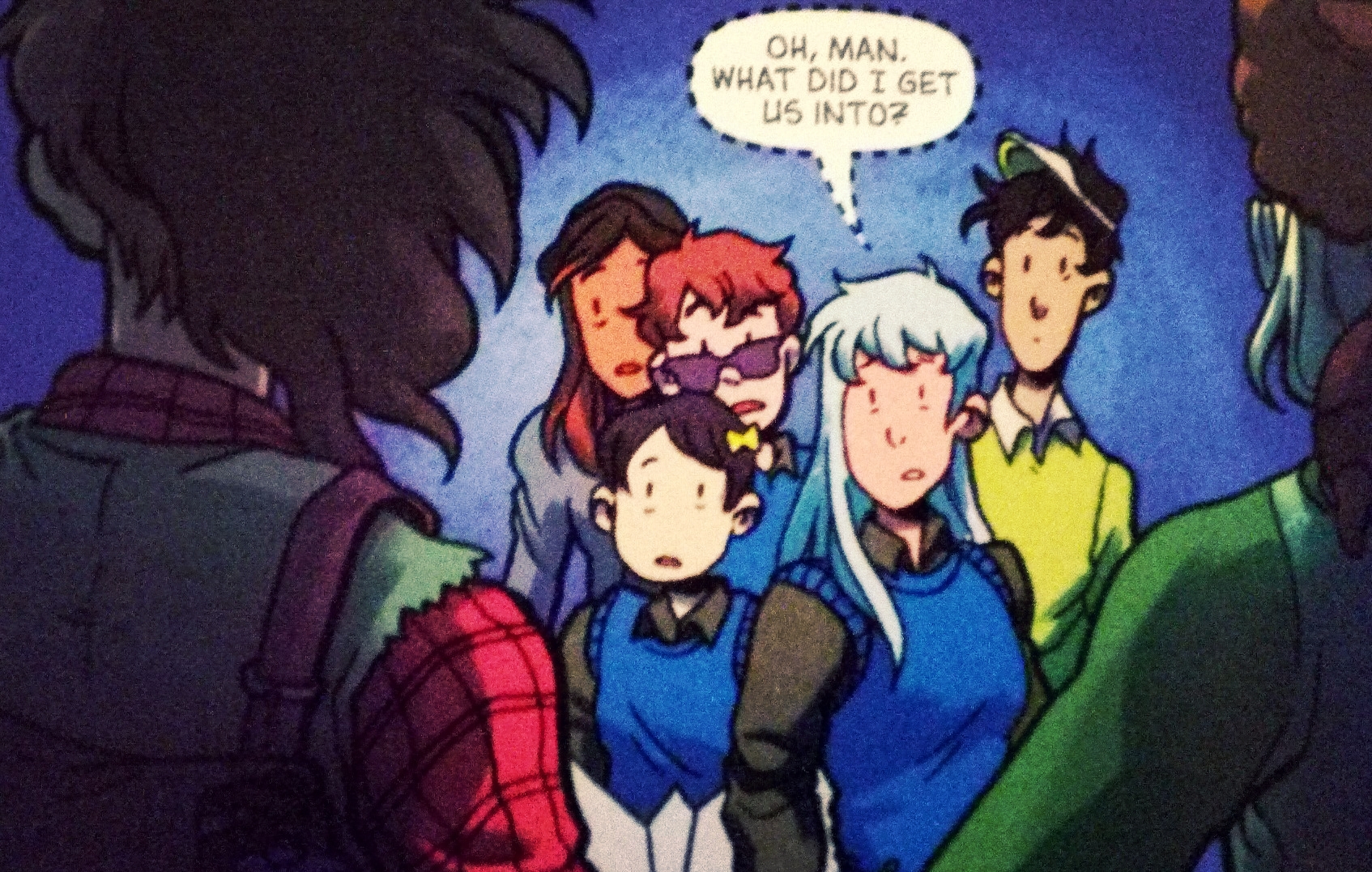Star Wars is a phenomenon and a huge part of pop culture. It is not a work with which I am particularly nostalgic as I caught it later in my youth than most of my friends. I like the original movies just fine but it never became a formative or integral part of my childhood, I never played with the toys, had the annuals or role played as characters from that universe but I appreciate what it did for media as a whole.
Over 300 million Star Wars figures have been sold, but I wonder how many remain from the original Kenner Star Wars figure line from the late 70s/ early 80s? My guess is not that many as most children would have chewed on them and their parents most likely would have thrown them away after they lost a limb or two. Don't forget that this was a time before collectable toys and fandom were on the scale they are now- in fact Star Wars is often credited with starting the whole fandom and collectable toys market.
An interesting fact that may not be well known is that the toys made more money than the original trilogy of films ever did. Lucas was a smart guy and ahead of the curve when it came to merchandising.
Well if Star Wars toys tickle your nostalgia bone then you should head to the Torquay Museum where Stormtroopers, Darth Vader, Hans Solo and others characters have descended for 'May the Toys Be With You,' which showcases one of Britain’s finest Star Wars toy collection.
I went with my 2 year old daughter and enjoyed the museum as a whole. The Star Wars exhibition is contained to one room but it is packed with a large collection of some of the first Star Wars toys, posters and memorabilia produced. 'May the Toys Be With You' also gives visitors the chance to get up-close to stunning life-sized replicas of Darth Vader, R2D2 and a Stormtrooper. My daughter and I got a picture with Darth Vader and she was suitably scared... evil creatures who have destroyed whole planets will do that to her. There was a statue of Yoda and a Boba Fett helmet and chest armour but these were contained behind a glass case so I couldn't get a picture of my daughter with Yoda, which was a shame.
Contained within the room were lots of Kenner Star Wars figures and some were still in their boxes whilst others were loose and displayed in glass cases. The provenance displayed around the room discussed the origins of the action figures, the problems with forgeries and copies and a discussion on the collectors market.
There were a couple of highlights on show including a wonderful diorama set up of the planet Hoth and the snowy battle going on. This was lovingly created and looked spectacular.
As a gamer I was pleased to see an original full-sized Star Wars X-Wing Cockpit arcade video game by Atari. I never played on it but know that it is well regarded and loved by many.
As a whole the 'May The Toys Be With You' exhibition is a loving tribute to the Star Wars figures fandom, and whilst small is curated with much affection. If you are in Torquay and have even a passing interest in Star Wars you must go to see this.
The museum also has a few other permanent exhibitions on including Explorers and Ancient Egyptians, The Story Behind Britain's Oldest Fossil and the only permanent Agatha Christie exhibition. The last one was particularly interesting as it house Poirot's cane and art deco study as well as Miss Marple's fur coat ans suit. As a fan of the David Suchet Poirot series this was a bonus to seeing the Star Wars exhibition.
At £6.50 this museum is a no-brainer. That price includes entry for a whole year so in my opinion is well worth it. The Star Wars toys exhibition runs until 3rd September so of you want to go you better get your skates on, or take the Millenium Falcon and get there in 14 parsecs.






















































